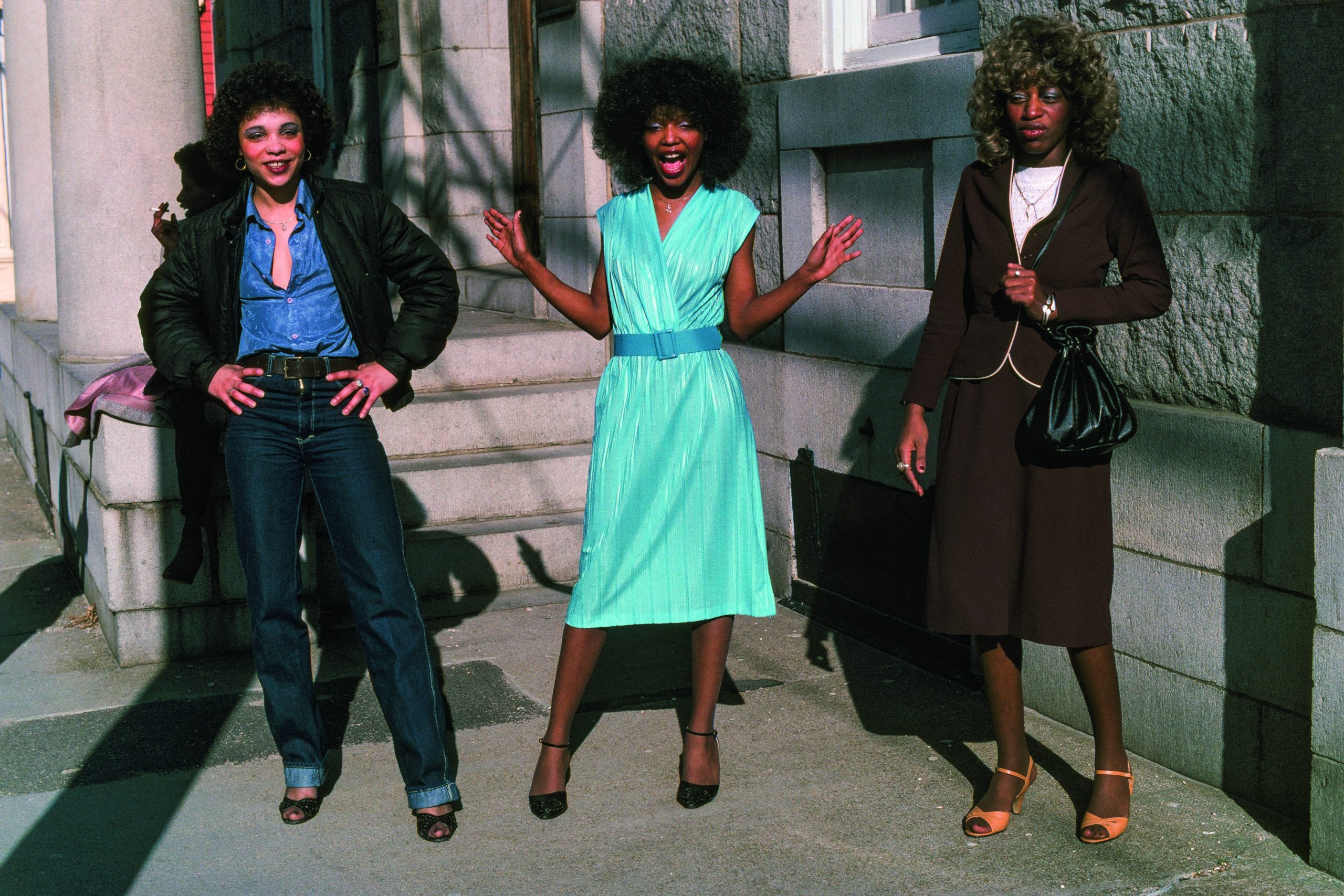
Barkley L Hendricks: Photography (Skira)
Best-known as a prolific and influential portrait painter, Barkley L Hendricks shaped the language of African American painting and informed a new generation of artists that include Kehinde Wiley and Kerry James Marshall. However, his first love was photography, a medium that he often turned to for research and inspiration. Now, for the first time, these images are being brought together in a new book (the last in a five-part series documenting his oeuvre) which includes both candid, full-body portraits that were often captured in the street, and more conceptual experiments with composition, colour and form. (Holly Black)
 Speak the Wind by Hoda Afshar (MACK)
Speak the Wind by Hoda Afshar (MACK)
An Iranian-born photo-based artist who lives in Australia; Hoda Afshar’s experience as an immigrant has had a huge impact on her vision as an artist and her perception of her homeland in the west. This new book takes the reader on a breathtaking journey to the islands of the Strait of Hormuz, near Iran’s southern coast, where it is believed that the winds can possess a person and even make them ill. In order to ward off these malevolent effects the islanders perform a special ceremony to communicate with the winds. It is these stories and rituals that Afshar takes profound care and a multi-layered approach to communicate through the pages of this book. (Charlotte Jansen)
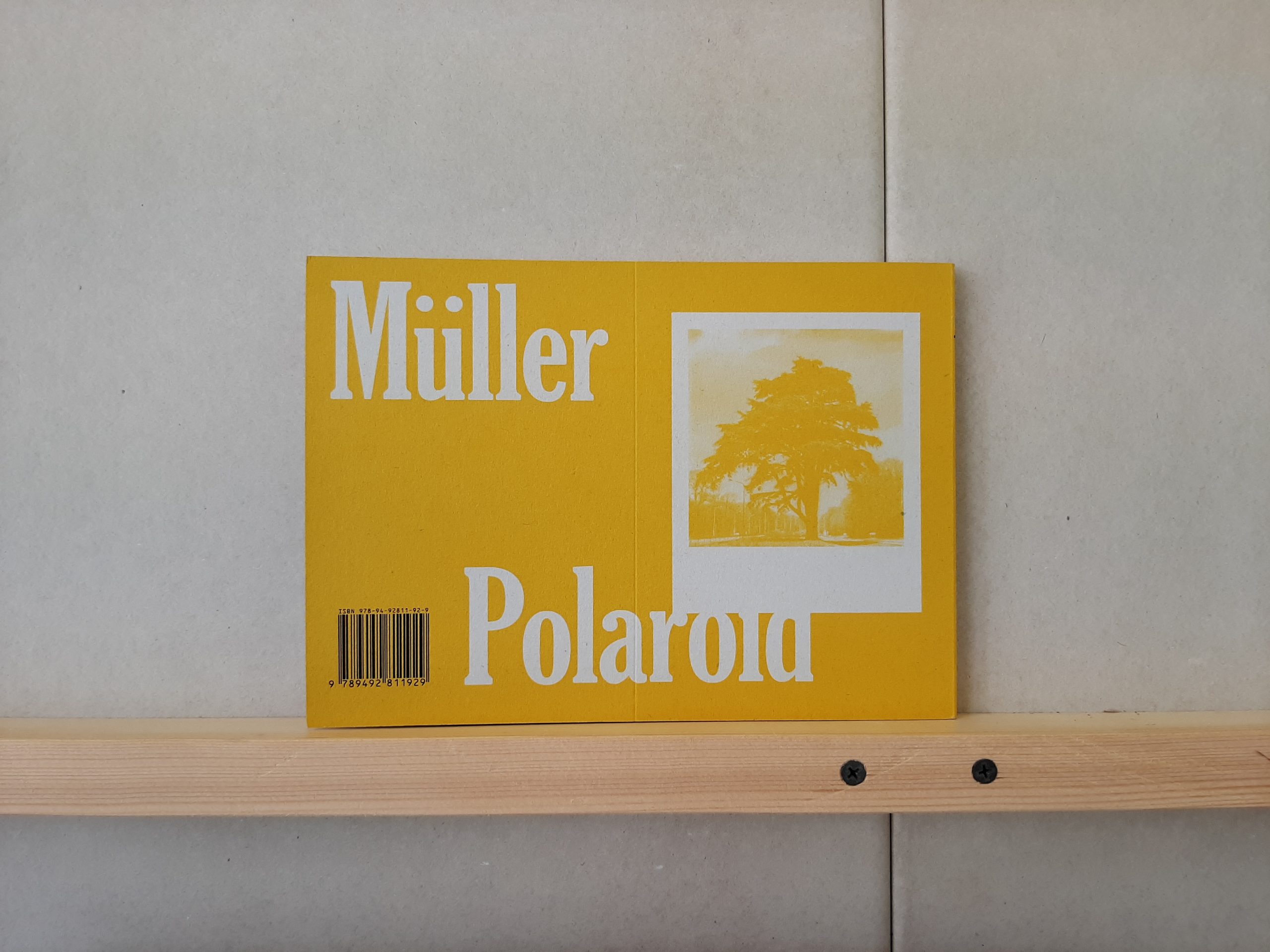 Robby Müller: Flora Polaroids by Andrea Müller-Schirmer (Roma)
Robby Müller: Flora Polaroids by Andrea Müller-Schirmer (Roma)
The Dutch cinematographer behind numerous cult classics such as Paris, Texas (dir. Wim Wenders, 1984) and Breaking the Waves (dir. Lars Von Trier, 1995), the late Robby Müller also worked with directors such as Steve McQueen, Raul Ruíz and Sally Potter. He was known for his preference for medium shots and long takes, and for his magnificent and unusual use of light. This element of his work is celebrated in a new book from Roma Publications and Annet Gelink Gallery, which brings together a selection of his Polaroids focused on items found in nature. “The immaculate images strike for their vivid colours and their richness of details,” writes the gallery, “allowing particulars to emerge vividly.” Flora presents these images in landscape format with foldout pages, and features a text by the French cinematographer Agnès Godard. A celebration of film, light, and the nostalgic beauty of the Polaroid shot. (Emily Steer)
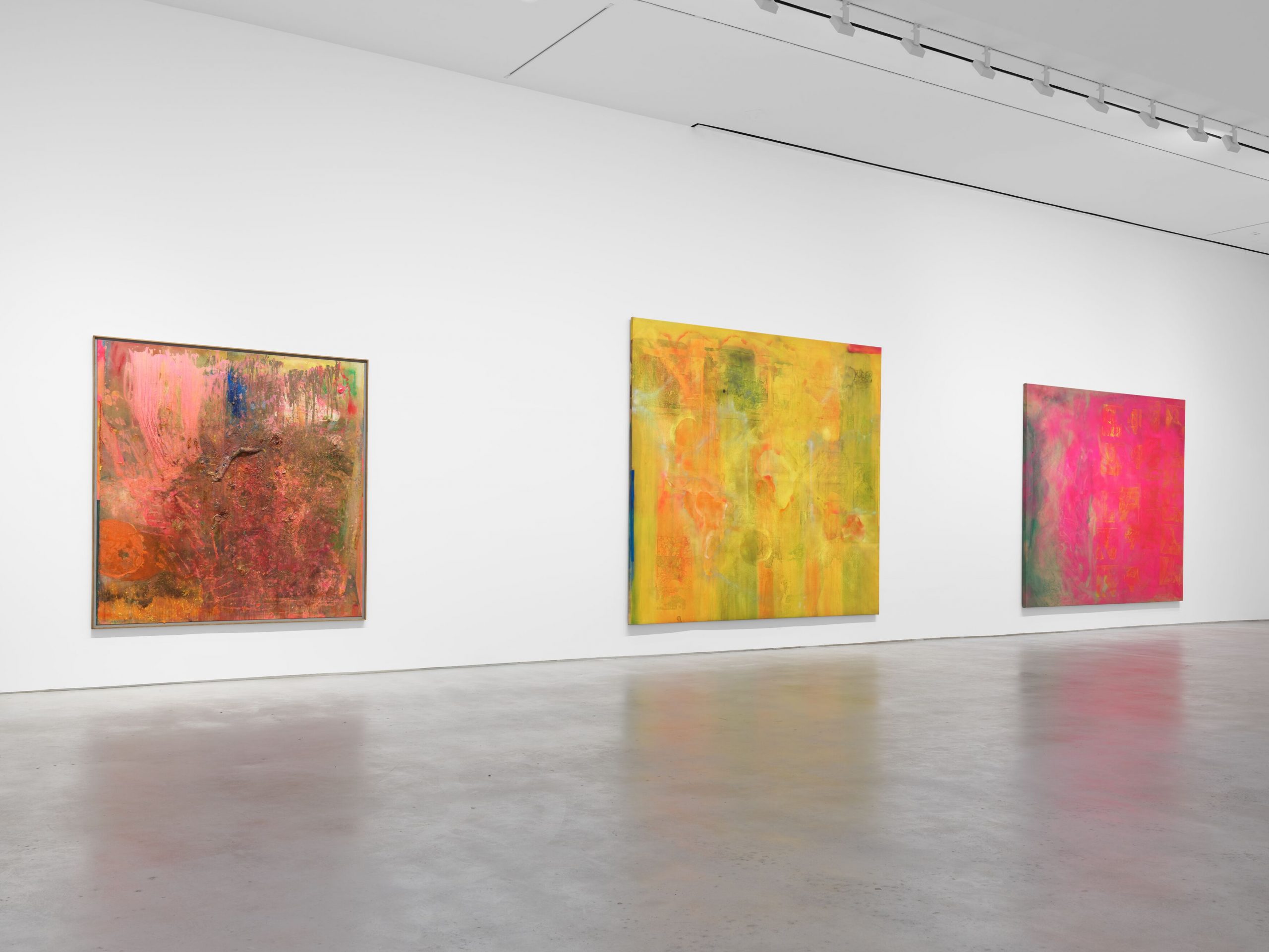
Frank Bowling, London / New York (Hauser & Wirth)
“I’m a keen competitor on the scene, even though I don’t go out beating my chest in public,” Sir Frank Bowling confides in a conversation with his wife, artist Rachel Scott, and son Ben Bowling. Many key works are reproduced in this new book (published by Hauser and Wirth who are also hosting a dual exhibition of work by the 87-year-old artist in London and New York, in homage to the fact Bowling himself went back and forth across the Atlantic throughout his career) but the real treat is this three-way conversation. To read Bowling’s accounts of his barfly days in London and NYC, living in the Hotel Chelsea rent free, and stuffing rolled-up paintings into sausage bags gives life to Bowling’s paintings in an entirely different way. Critical essays are all very well, but these kind of anecdotes are priceless. (Charlotte Jansen)
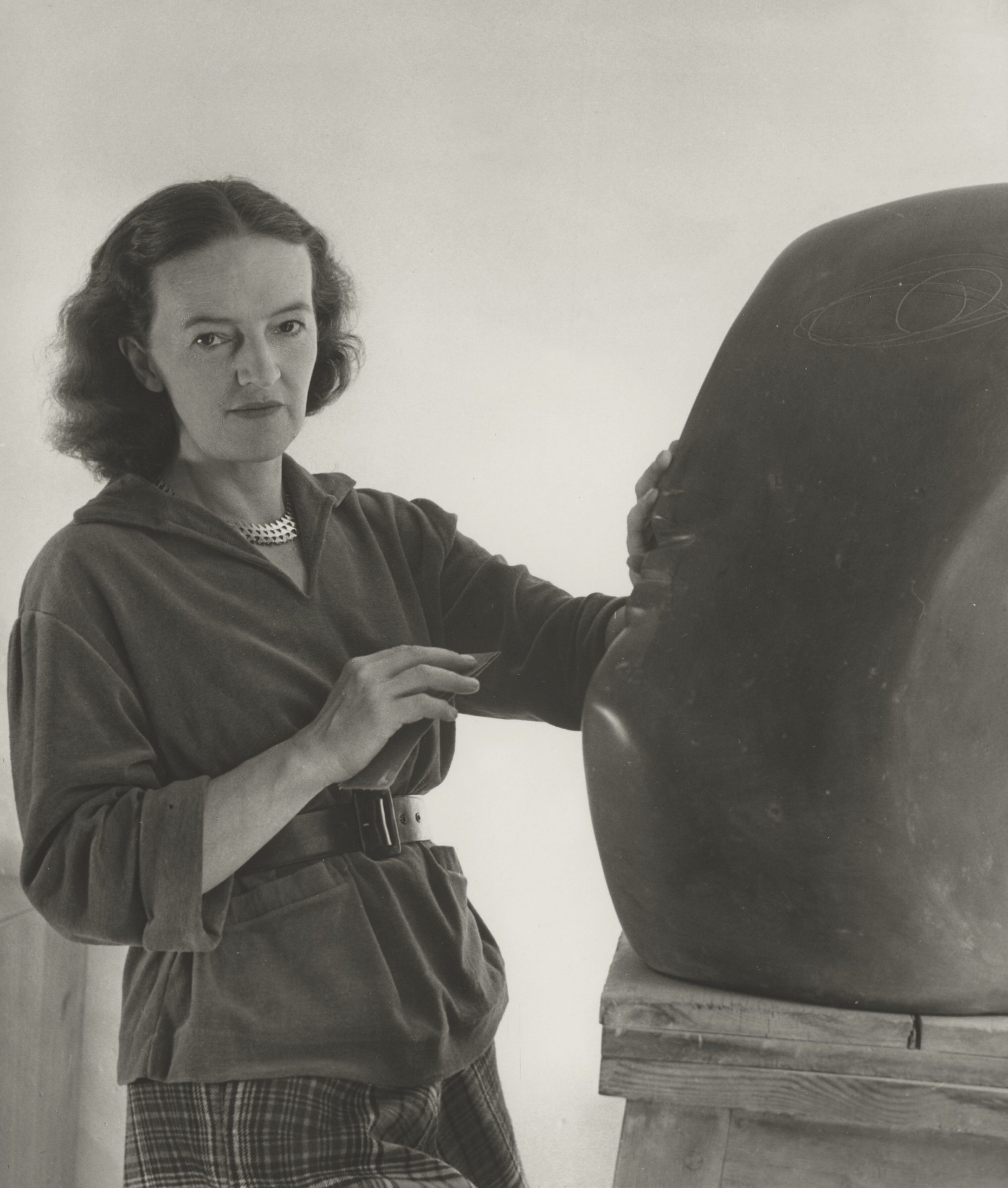
Barbara Hepworth: Art & Life by Eleanor Clayton (Thames & Hudson)
There is no shortage of information, or indeed exhibitions, concerning the work of the great modernist sculptor Barbara Hepworth. She has museums named after her, was commissioned to create numerous pieces of public art (including one on the side of John Lewis in London’s Oxford Street) and has become something of a household name. However, Hepworth’s life is often distilled into a few small fragments, presenting her as a single-minded and solitary master carver who found solace in nature. This new book by The Hepworth Wakefield’s curator Eleanor Clayton reveals a multifaceted life informed by dance, music, poetry and theatre, as well as science and technology. Complete with in-depth sketchbook annotations, drawings, paintings and in-progress documentary footage, it fully brings the artist’s world to life. (Holly Black)
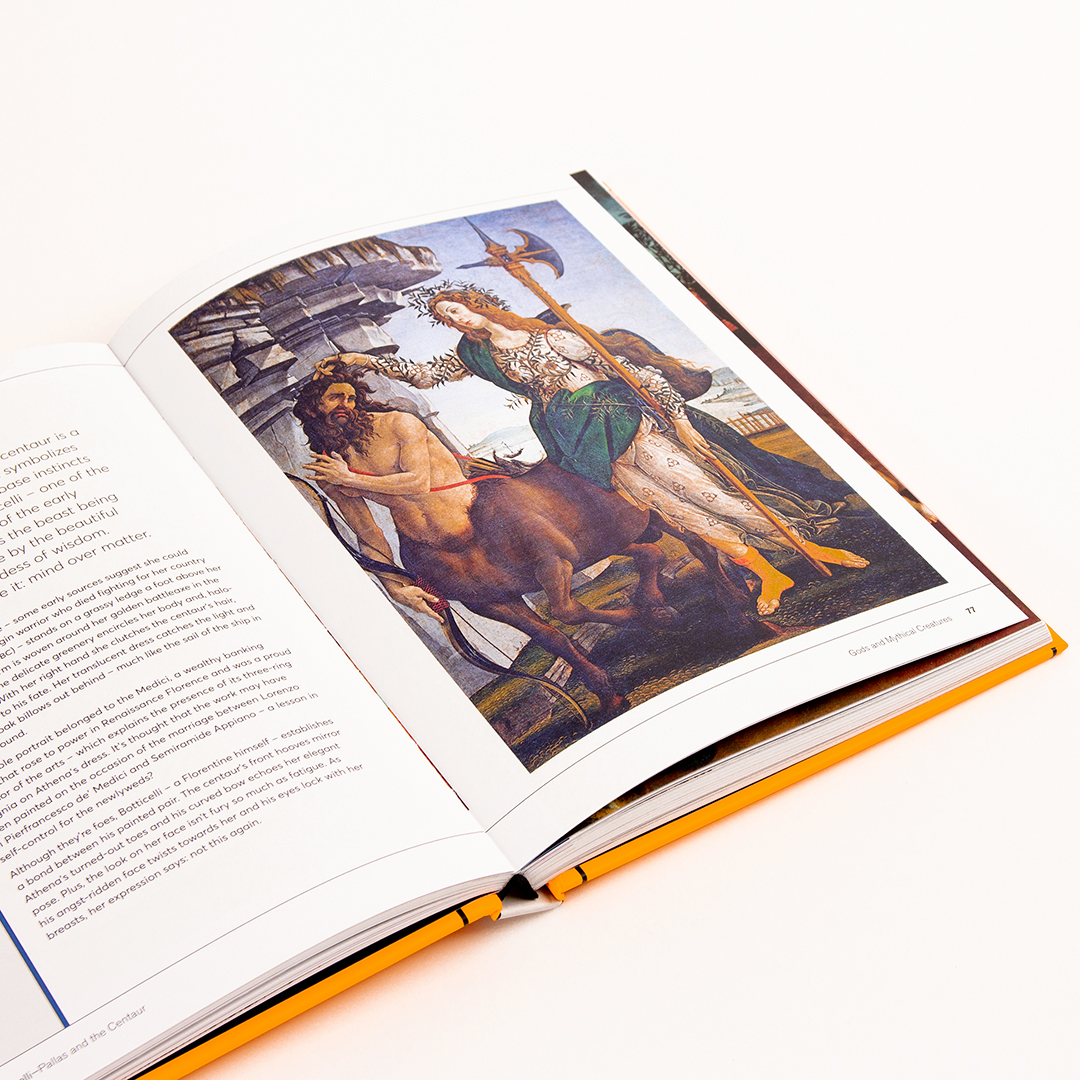 Look at This If You Love Great Art by Chloë Ashby (Ivy Press)
Look at This If You Love Great Art by Chloë Ashby (Ivy Press)
Packed with insights into 100 “essential” pieces of art, both historical and contemporary, Look at This If You Love Great Art groups works together by topics such as nudity (You Can Leave Your Hat On), emotion (Oh, What a Feeling!), and religion (Gods and Mythical Creatures). While the book is suitable for ardent art lovers (including tips on similar artists, inspirational reads that connect with the work, and key points on the pieces’ cultural impact) each artistic moment is presented and discussed in an accessible way which also makes this a great starting point for those with a casual interest. Written by Chloë Ashby, this is one of a three-part series which also explores photography and music. Creating any definitive list is impossible, but this book offers thought-provoking insights into a complex and ultimately subjective global art history. Expect a cross-section of some of the best in art, from Kara Walker’s recent Fons Americanus (2019) to William Blake’s Pity (c. 1795) and Amrita Sher-Gil’s Three Girls (1935). (Emily Steer)





